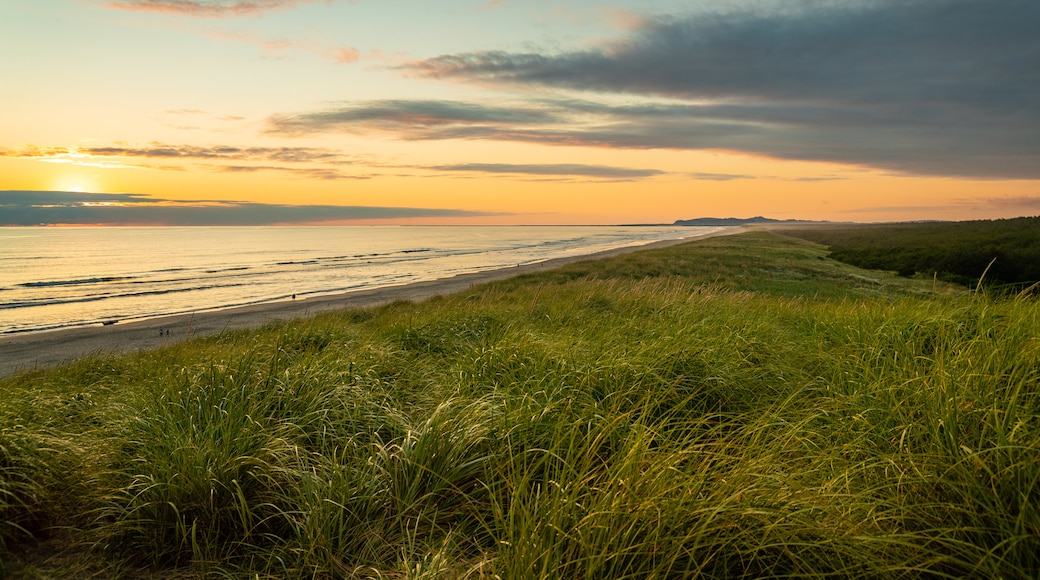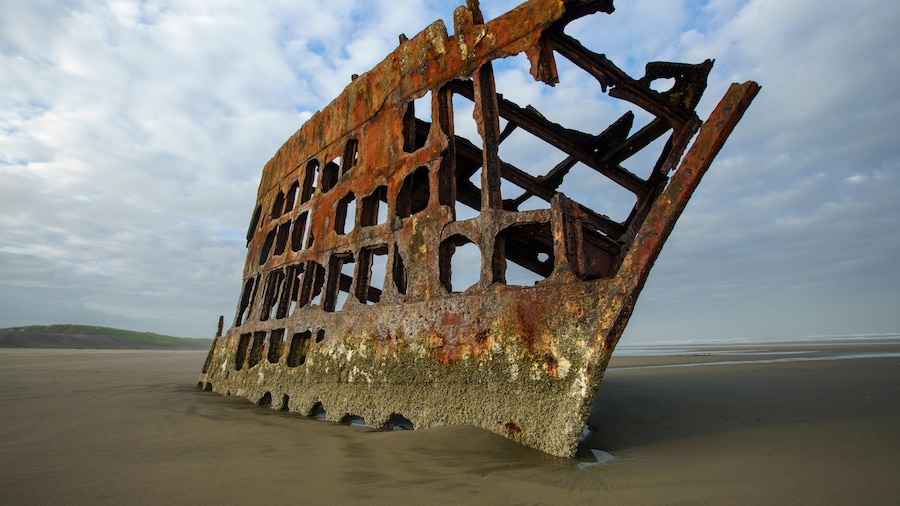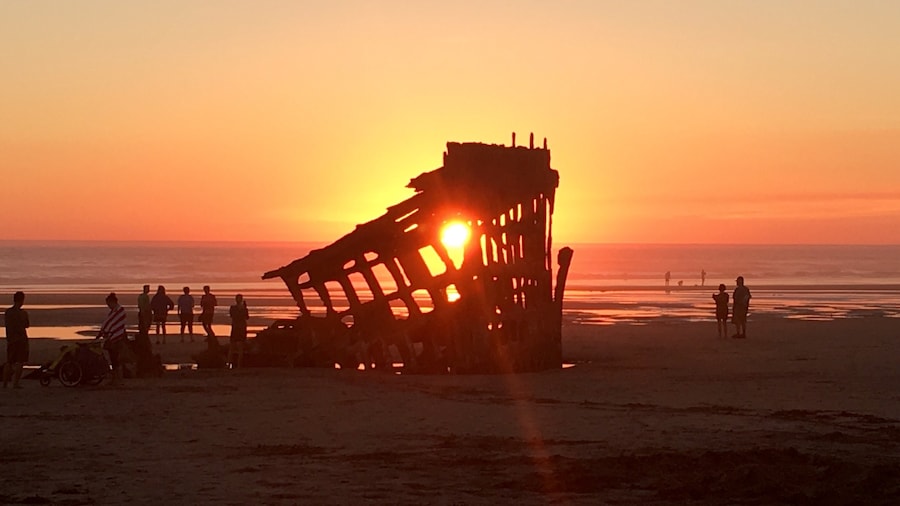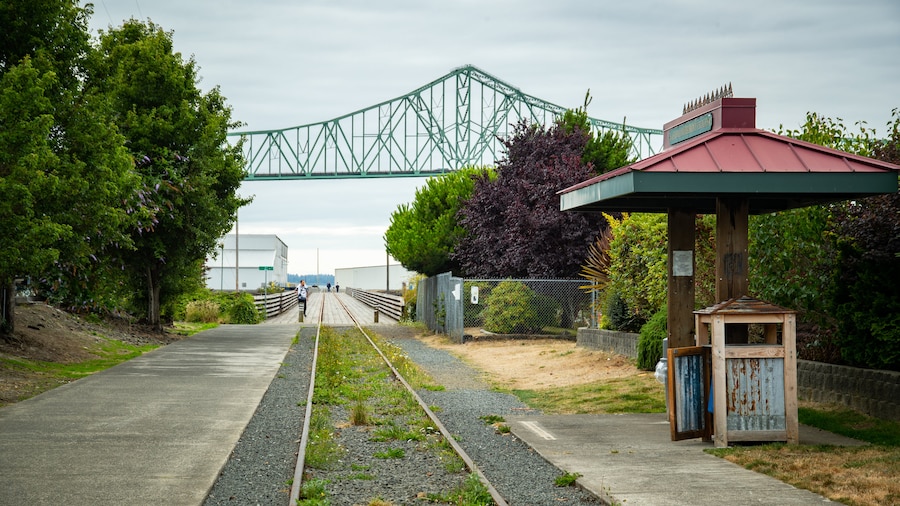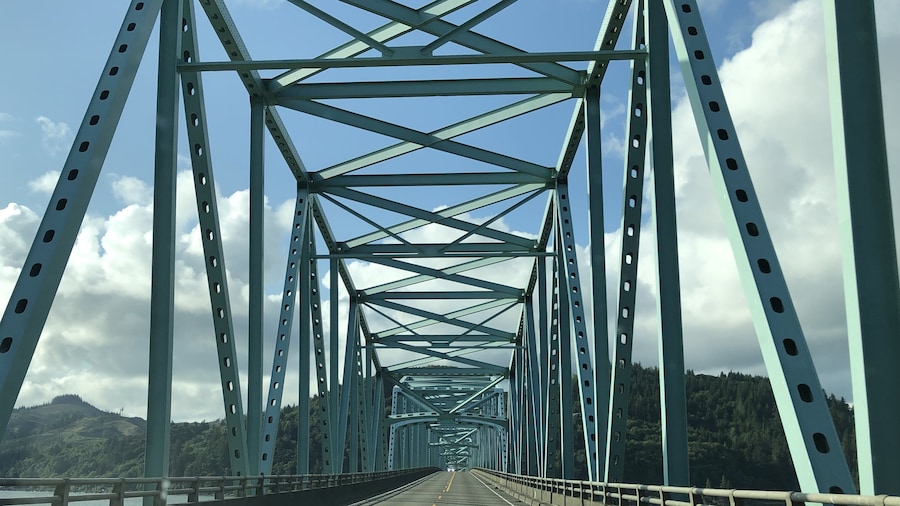Established during the Civil War, the stronghold in what is now Fort Stevens State Park was one of three that protected the harbors at the outlet of the Columbia River. The fortress operated until after World War II. Visit the remains of military sites and explore the pretty natural setting. Stop at the ranger station, visitor center and museum for additional information.
Pick up a pamphlet to participate in a self-guided history scavenger hunt. Contact the Friends of Old Fort Stevens to see if any guided tours are available. I
nteresting sites from old times include the Battery Russell from the early 1900s and the South Jetty. Fort Stevens is an earthworks battery built near the end of the Civil War. Cannons in place for World War I were never called on to fire. The more modern guns readied for World War II also remained unfired, even during the fort’s 1942 attack from a Japanese submarine.
Bike 9 miles (15 kilometers) or hike 6 miles (10 kilometers) on trails through the park’s forest with views of dunes and wetlands. Ride around long, narrow Coffenbury Lake and stop to swim or have a picnic. Kayak and fish at two other lakes nearby.
Consider staying overnight at one of the many tent, yurt, cabin or RV sites. Watch for whales, seals, deer and snowy plovers here.
One park highlight is the wreck of the Peter Iredale. Head to the shoreline near the southern end of the park to see the rusting carcass of an English sailing ship that went aground in 1906 in this area of the ocean known as the Graveyard of the Pacific. All 27 crewmembers, including two stowaways, were rescued and taken care of at Fort Stevens. The wreck is approachable and very photogenic at low tide, especially at sunset.
Fort Stevens State Park is near Hammond, Oregon, about 10 miles (16 kilometers) west of Astoria. Travel to the park from central Astoria in about 20 minutes by car or bike in roughly 45 minutes. The park never closes. There are fees for parking or camping. Make campground reservations in advance.
